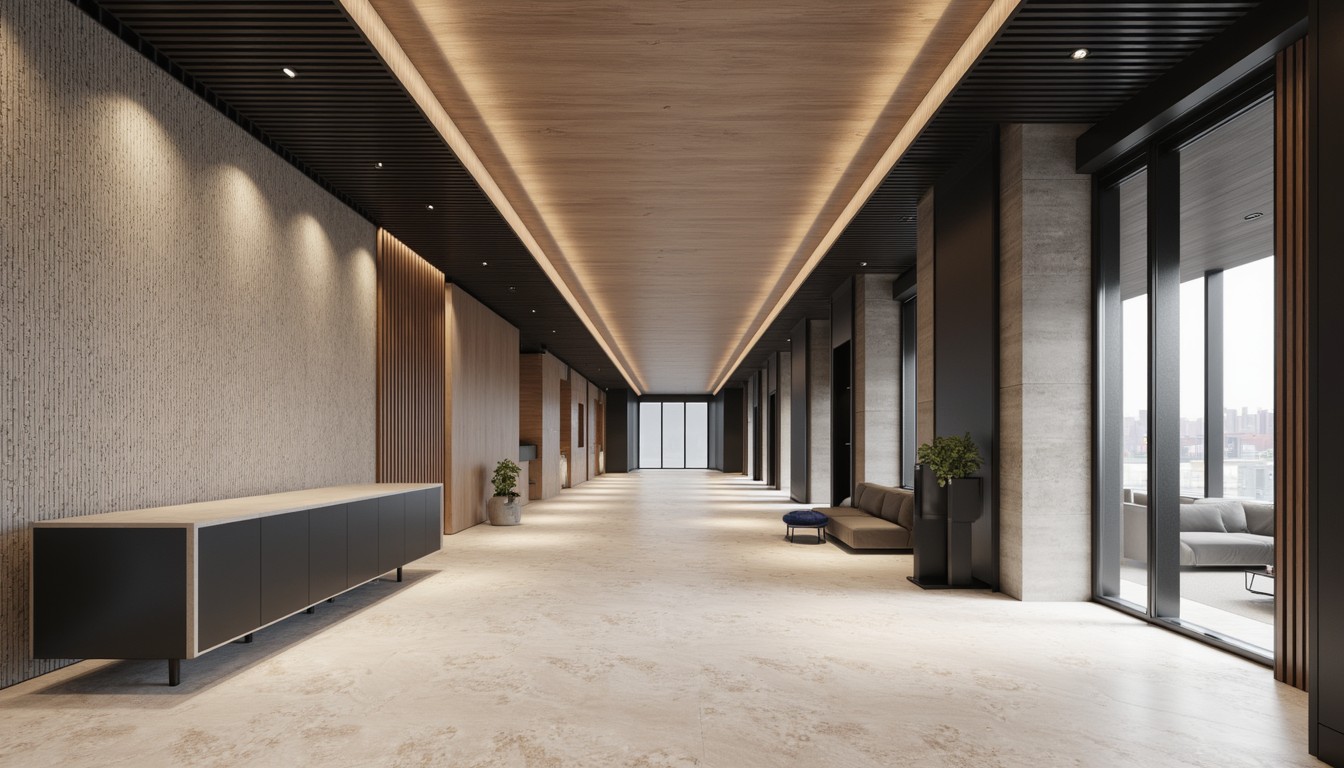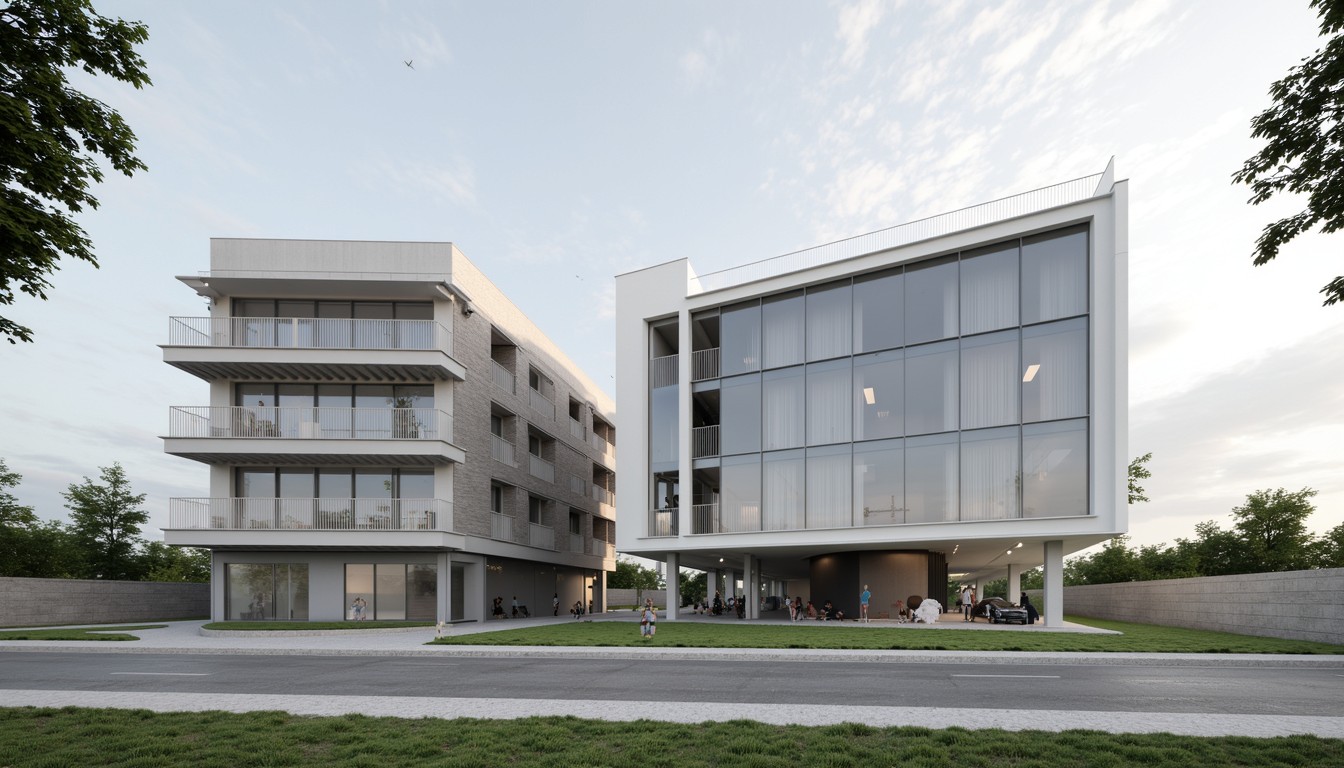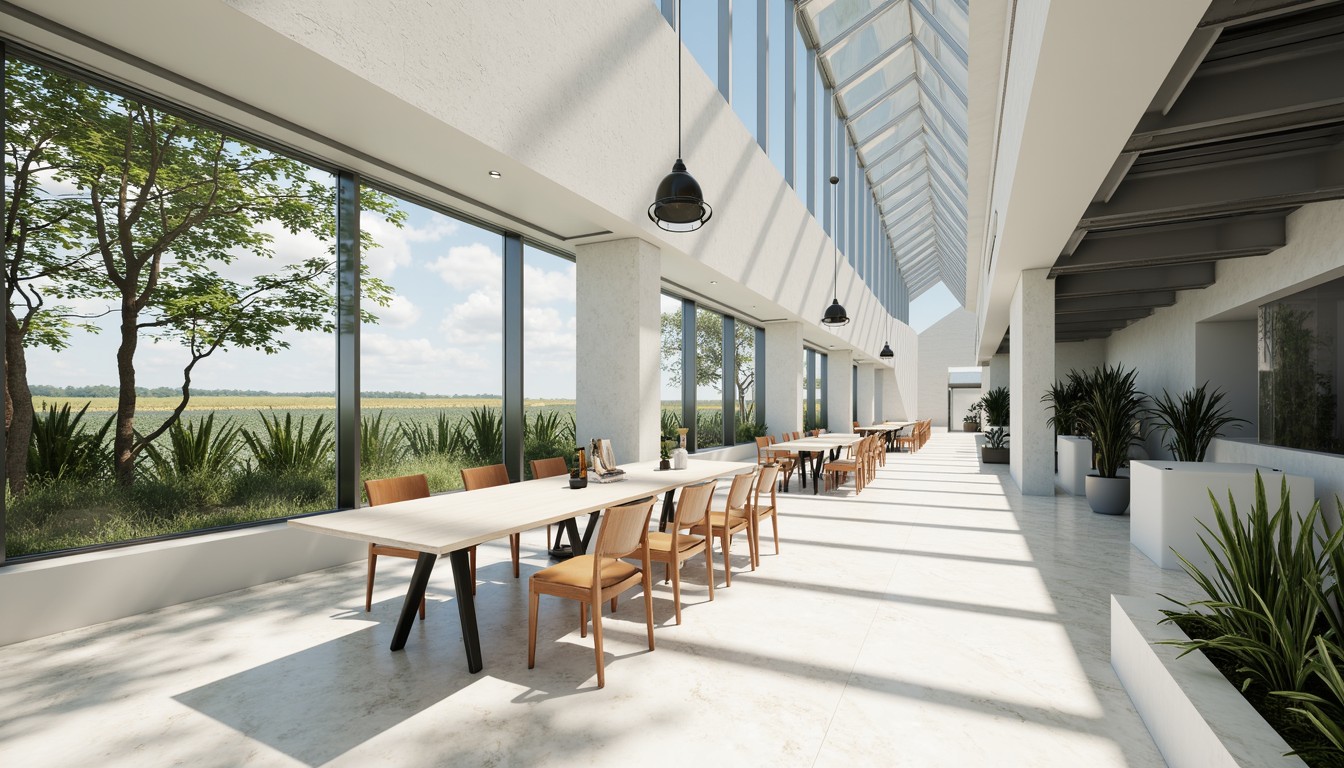Smart Building Technology: Revolutionizing Architecture
The architectural landscape is undergoing a dramatic transformation, driven by the integration of smart building technology. No longer are buildings simply static structures; they are becoming dynamic, responsive environments that prioritize efficiency, sustainability, and occupant well-being. This evolution is not just about aesthetics; it's about creating intelligent spaces that adapt to the needs of their users and the environment.
The Core Components of Smart Building Technology

Smart buildings leverage a complex network of interconnected systems, including:
- Building Management Systems (BMS): These central control systems monitor and manage various building functions, from HVAC and lighting to security and access control. Advanced BMS utilize AI and machine learning for predictive maintenance and optimized energy consumption.
- Internet of Things (IoT) Devices: Sensors, actuators, and smart meters collect real-time data on energy usage, occupancy, environmental conditions, and equipment performance. This data empowers informed decision-making and proactive problem-solving.
- Data Analytics and Machine Learning: Sophisticated algorithms analyze data from IoT devices and the BMS to identify patterns, predict future needs, and optimize building operations for maximum efficiency and comfort.
- Automation and Control Systems: Smart building technology automates various processes, such as lighting adjustments based on occupancy, HVAC control based on temperature and occupancy, and security system responses to potential threats.
- Cloud Computing and Connectivity: Cloud-based platforms provide secure storage and analysis of building data, enabling remote monitoring, control, and maintenance.
Real-World Applications and Benefits

The integration of smart building technology yields significant advantages across various aspects of building design and operation:
Enhanced Energy Efficiency and Sustainability:
Smart buildings significantly reduce energy consumption through optimized HVAC control, intelligent lighting systems, and real-time monitoring of energy usage. This leads to lower operational costs, a smaller carbon footprint, and enhanced environmental sustainability. Features like smart grids and renewable energy integration further amplify these benefits.
Improved Occupant Comfort and Well-being:
Smart building technology creates personalized environments that cater to individual preferences. Automated lighting and temperature control, along with air quality monitoring, optimize comfort and productivity for occupants. Smart access control and security systems enhance safety and peace of mind.
Increased Operational Efficiency and Reduced Costs:
Predictive maintenance, enabled by data analytics, minimizes downtime and reduces repair costs. Automated systems streamline building operations, freeing up staff to focus on other tasks. Real-time monitoring of building systems allows for prompt identification and resolution of issues, preventing costly problems.
Enhanced Security and Safety:
Smart security systems utilize advanced technologies like facial recognition, intrusion detection, and access control to safeguard buildings and their occupants. Integrated fire detection and emergency response systems ensure swift and effective responses to critical situations.
Architectural Implications of Smart Building Technology
The integration of smart building technology necessitates a shift in architectural design thinking. Architects must consider the following:
- Building Information Modeling (BIM): BIM is crucial for integrating smart building systems effectively. It facilitates coordination between various disciplines and allows for seamless integration of technology into the building design.
- Sensor Integration and Data Infrastructure: Architects need to plan for the placement of sensors and the infrastructure required to support data transmission and analysis. This involves careful consideration of cabling, network connectivity, and data security.
- User Experience and Interface Design: The design of user interfaces for building management systems and smart devices is crucial for ensuring ease of use and accessibility for building occupants.
- Cybersecurity Considerations: Architects must incorporate robust cybersecurity measures to protect building systems from cyber threats and data breaches.
The Future of Smart Building Design

The future of smart building technology promises even greater integration and sophistication. We can expect to see advancements in areas such as AI-driven building management, autonomous building systems, and the increasing use of renewable energy sources. The convergence of smart building technology with other emerging technologies, such as virtual and augmented reality, will further revolutionize the architectural landscape, creating truly immersive and responsive environments.
ArchNav: Your Partner in Visualizing the Future of Architecture
ArchNav is at the forefront of architectural visualization, specializing in creating stunning and accurate renderings of smart building designs. We understand the intricacies of smart building technology and its impact on architectural design. Our expertise allows us to effectively communicate the functionality and aesthetics of these innovative spaces, helping architects and developers bring their vision to life. Contact us today to discuss your next project and let us help you visualize the future of architecture.
